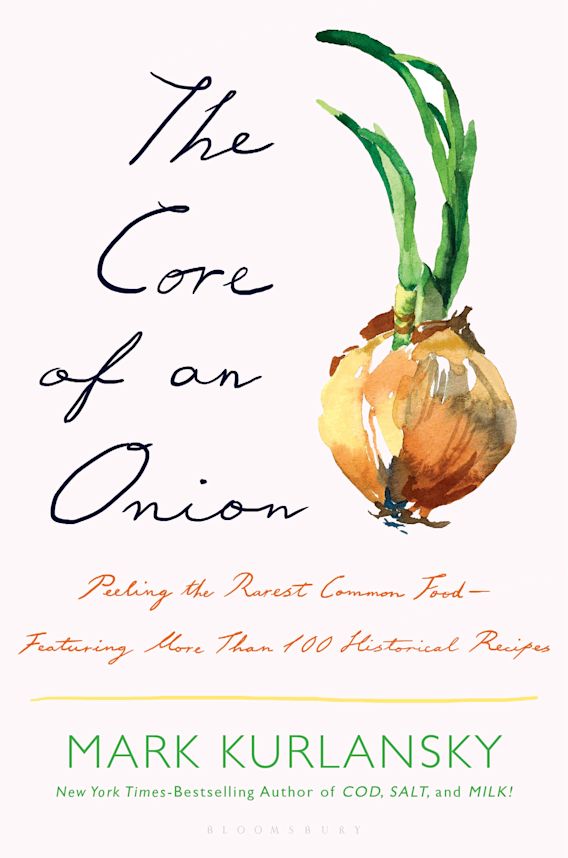Onions remained predominantly a wild plant in the Americas much longer than in Europe and Asia.
The French explorer Jacques Marquette, traveling the shore of what is now Lake Michigan in 1674, relied for nourishment on an onion that the Indigenous locals called cigaga-wunj, which means “onion place” and is the origin of the name Chicago. In more recent times it has come to be known as the Canada onion, Allium canadense, and it grows wild in much of North America from New Brunswick to Florida and west to the Rocky Mountains. It is fairly easy to spot because it has a very strong onion scent and it flowers spectacularly in great globes of little pink or white blossoms. Today it is favored as an ornamental plant.
But some historians and naturalists insist that the wild onion that gave Chicago its name was actually the nodding wild onion, Allium cernuum. It is called nodding because it does not stand erect and, unusual for onions, is bent over even when flowering. It announces itself with white or deep pink or rose flowers with a strong scent of onion. According to a description from the 1890s, these onions look “bright on the whole since the reddish hues prevail. They are often in such quantities and grow so thickly that little else is noticeable where they stand.”
Such bright wild patches are a very rare sight today, even in their native habitat such as the Chicago area, though they are also found in Michigan, Minnesota, Iowa, Wisconsin, Illinois, Saskatchewan, and Ontario.
There are seventy species of wild onion native to North America. Native American Indians harvested them and sometimes ate them raw, but also used them to flavor cooked dishes or would eat them as a cooked vegetable. Onions were also used in syrups and in dyeing. Roasted wild onions and honey were used by Native Americans to treat snakebites.
There does not appear to have been much cultivation of alliums by Native North Americans, with the notable exception of the Aztecs. But Europeans could not imagine life without cultivated onions and so brought them with them.
Christopher Columbus, apparently finding no onions on his first voyage to the Caribbean, which was a voyage of exploration, brought along onion seeds, cattle, horses, and sheep on his second voyage, which was a voyage of colonization. In 1494 his crew planted onions in what is now the Dominican Republic.
